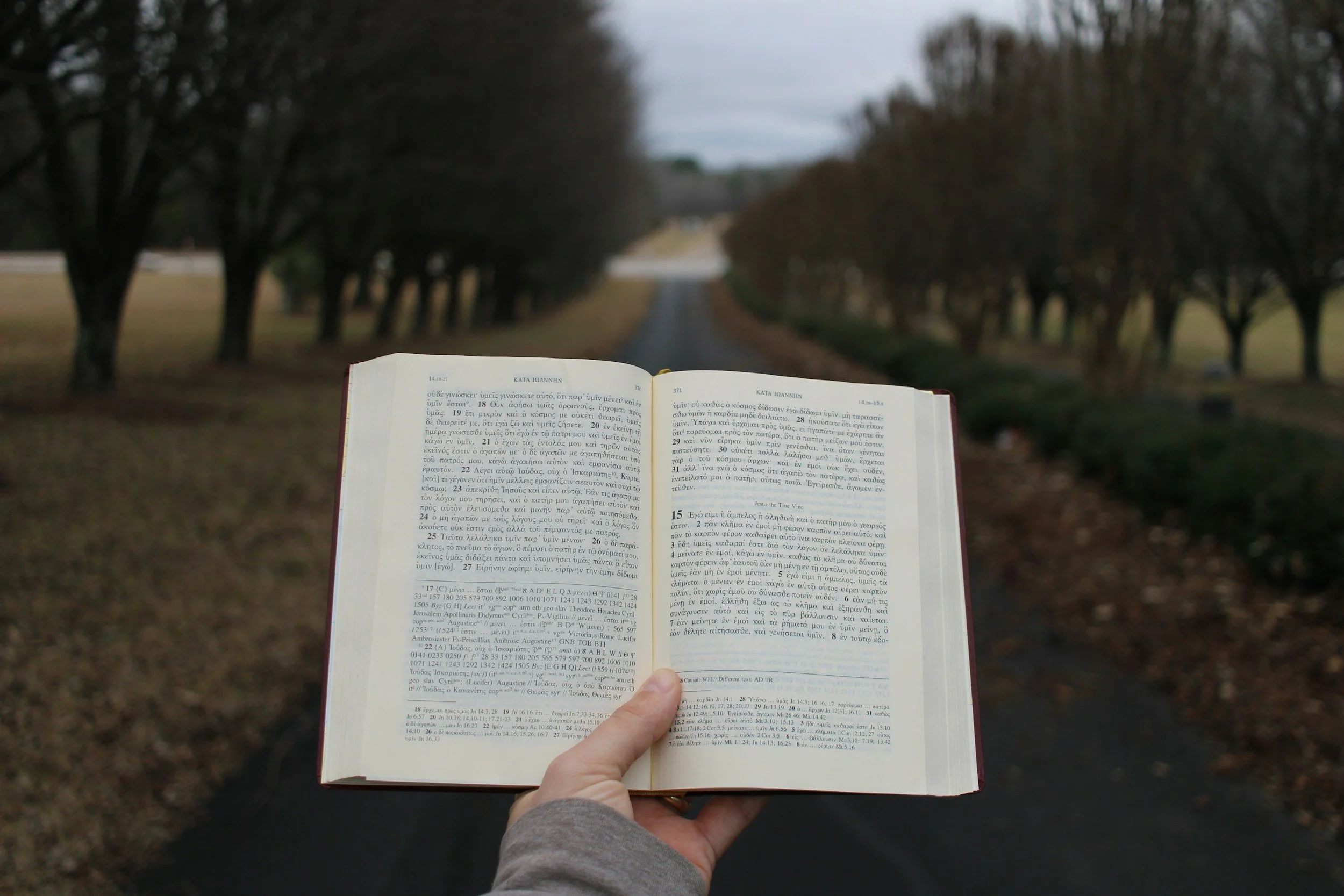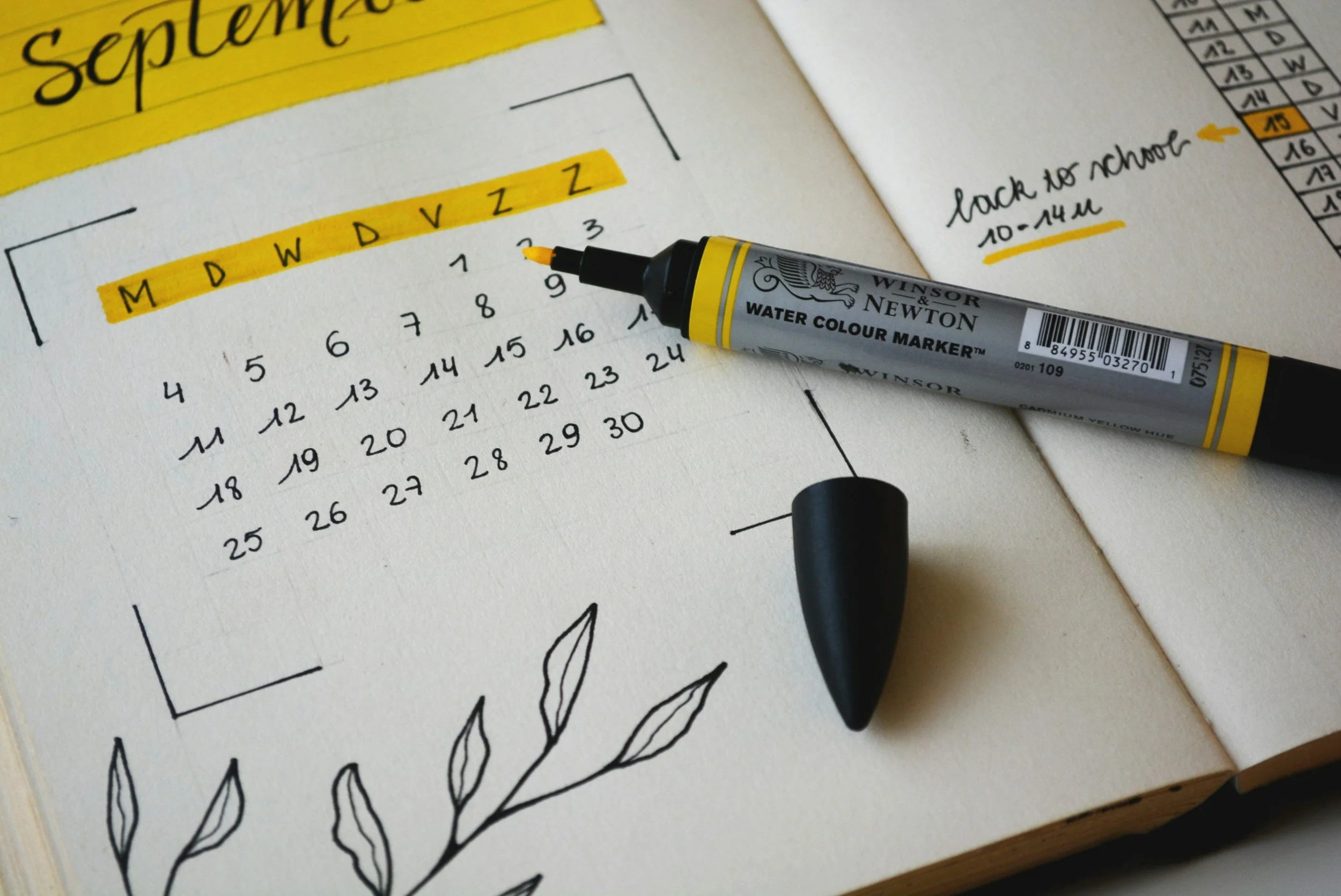Creative Routines: Finding Focus in Everyday Life
Even the most imaginative writers need structure. Creativity thrives when habits, routines, and environments support focus. Establishing a sustainable writing routine isn’t about rigidity - it’s about creating conditions that let ideas flow, productivity increase, and your writing craft develop consistently.
1. Carving Out Dedicated Time
Spot Your Most Productive Hours
Whether it’s 30 minutes in the morning or a few focused hours on weekends, setting aside specific blocks of writing time signals to your brain that this is work worth prioritising. Even small, regular sessions can build momentum and foster a sense of accomplishment.
2. Designing Your Environment
Little Tweaks That Supercharge Focus
A space conducive to writing can make a huge difference. Adjust lighting, declutter your workspace, or play background music if it helps. Change location occasionally - a café, a park, or a quiet corner of your home can all spark inspiration. Small environmental tweaks often improve focus and creativity. Even opening a window for fresh air and sunshine can significantly impact your output and quality of work.
3. Incorporating Movement and Breaks
Micro-Breaks, Big Results
Sometimes stepping away is as important as sitting down. Short walks, stretching, or light exercise clear mental clutter and refresh energy. Breaks help prevent burnout and writer’s block, enhance problem-solving, and allow ideas to simmer subconsciously.
4. Routine with Flexibility
Knowing When To Bend The Rules
A creative routine works best when it balances structure with adaptability. Use checklists, writing sprints, or timed sessions, but remain open to inspiration, new ideas, or changing priorities. Flexibility ensures the routine supports creativity rather than stifles it.
5. Rituals to Prime Creativity
Train Your Brain With Consistent Habits
Small rituals such as brewing a cup of tea, lighting a scented candle, journaling, etc., signal the brain that it’s time to focus. Repeated consistently, these cues can help you slip into a productive mindset quickly and reliably. Think of these things as part of training your ‘focus muscles’, where repeated habits and consistency allow you to optimise your writing time faster and more effectively.
Tip: Select a scent specifically for your writing time, and only use it while writing. In time, you will associate that scent with productivity, falling more easily into a ‘writing mindset’.
6. Tracking Progress and Reflecting
Reflecting To Refine Your Process
Keeping track of your achievements, such as daily word counts, completed drafts, or new/developing ideas, helps to create a sense of accomplishment and motivation. Reflection at the end of a session helps you to identify what works, what slows you down, and how to improve your workflow moving forward. Celebrating the small wins also helps to maintain active momentum.
Tip: Regular reviews can help with motivation and achieving your S.M.A.R.T. goals.
7. Finding Inspiration in Routine
Injecting Play Into Productivity
Routine doesn’t have to be boring. Embed moments for exploration, curiosity, and play into your writing or creative sessions to fuel creativity. Reading, observing the world, or jotting down random ideas keeps the mind fertile, so inspiration finds its way into your writing naturally.
Create short descriptions of the people you pass:
The man on the train with the knot in his shoelaces
The barista with a constant eye on the wall clock and powdered sugar in her pinned-back hair
Applying These Practices
By combining dedicated time, intentional environments, movement, flexibility, rituals, progress tracking, and playful inspiration, you create a framework that nurtures creativity daily. Experiment, refine, and tailor routines to your lifestyle and writing goals. Over time, these practices help make writing a natural, sustainable part of life.







